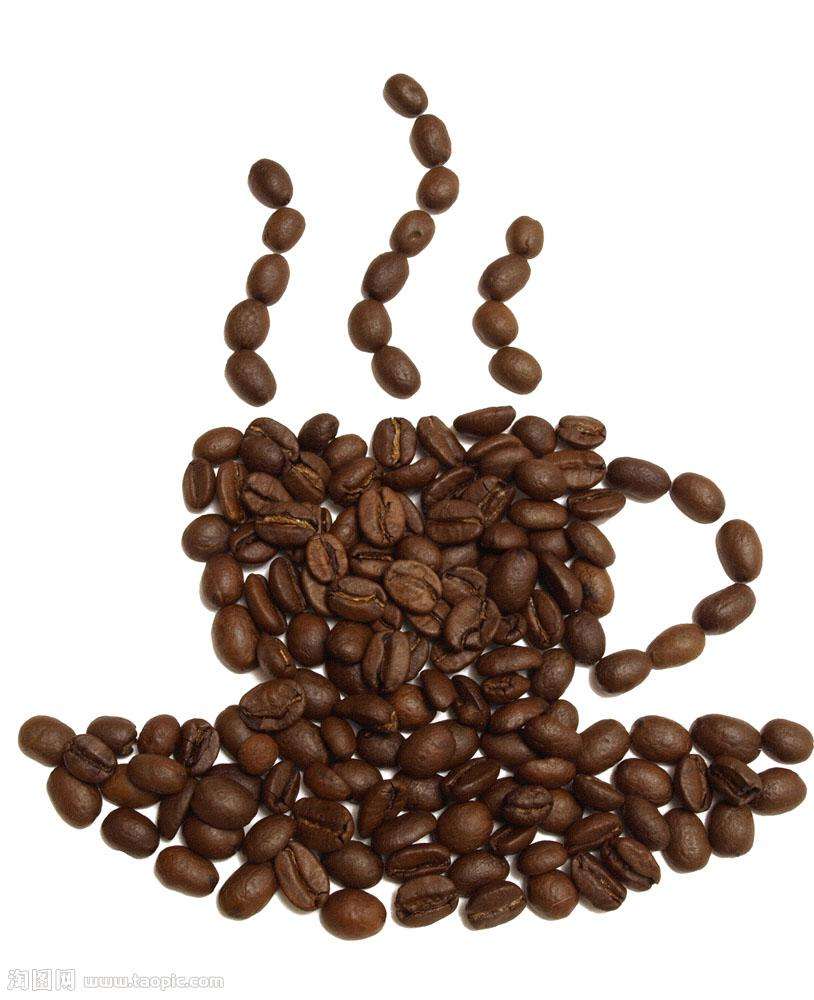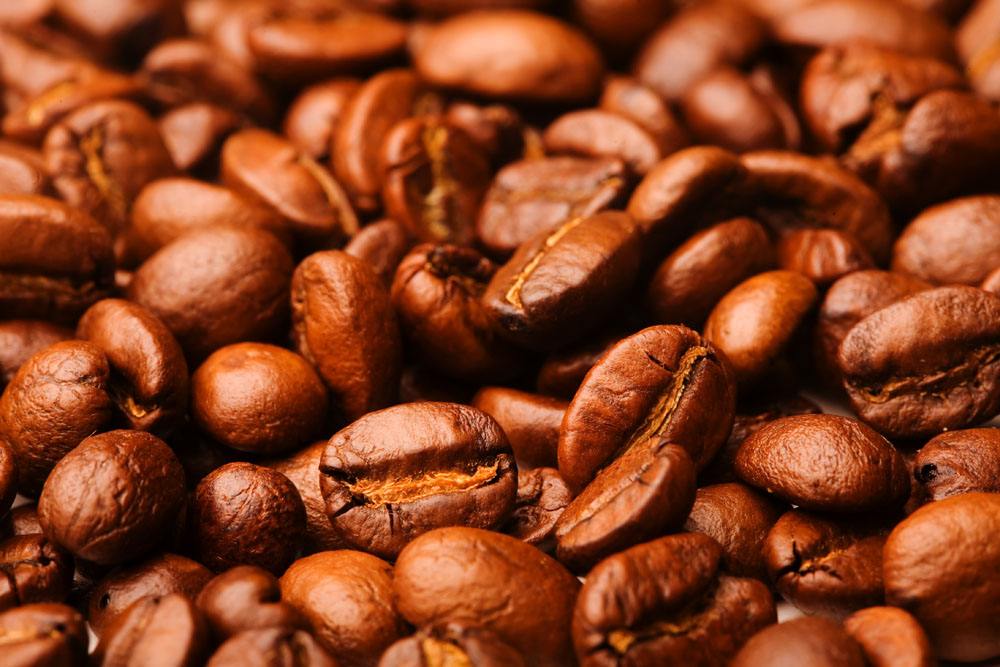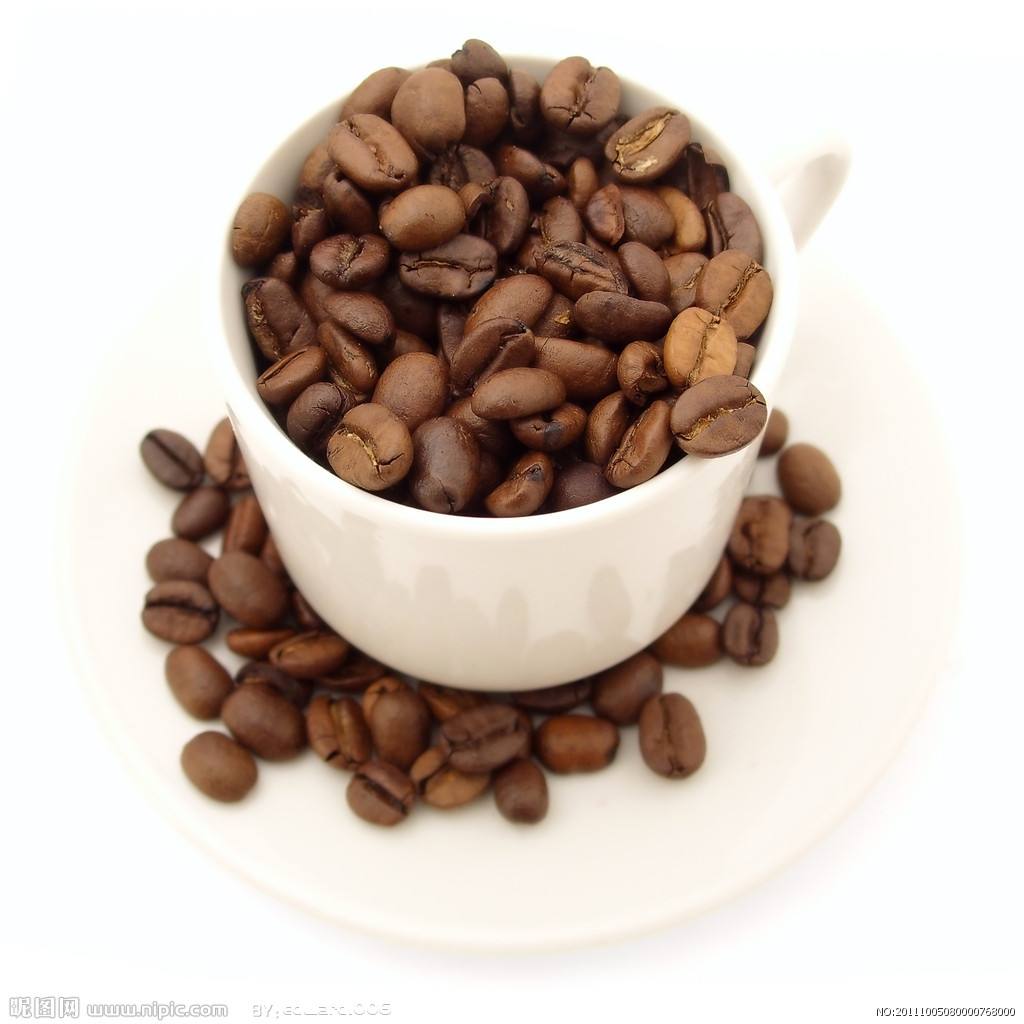Brazilian coffee bean producing area, Brazilian coffee bean species
Follow the caf é (Wechat official account vdailycom) and found that Beautiful Cafe opened a small shop of its own.
There are so many kinds of Brazilian coffee that you can't just use the word "Brazilian coffee" to include it. Like other Arabica coffee, Brazilian coffee is called Brazils to distinguish it from Milds coffee. The vast majority of Brazilian coffee is unwashed and sun-dried and is classified according to the name of the state of origin and port of transport. Although most of Brazil's 21 states grow coffee, total production is mainly concentrated in Parana, Sao Paulo, Minas Gerais, Espirito Santo and Bahia, which alone account for 55 per cent of Brazil's total production.

Although coffee is diverse, Brazilian coffee is suitable for the taste of the public. For example, coffee produced in the northern coastal areas has a typical iodine taste, reminiscent of the sea after drinking. This coffee is exported to North America, the Middle East and Eastern Europe.
Today, Brazil's brand as the origin of specialty coffee has been established, and the Brazilian Special Coffee Association (BSCA), which has many of Brazil's most important producing areas, represents the interests of the world's top coffee growers and the most advanced coffee production technology. In Missouri, for example, production has soared in the central region of Serrado over the past few years. Here, the vast Datterra plantation is not only the largest plantation in the world, but also a benchmark for producing high-quality coffee. Some traditional coffee plantations in the south of the state, such as Lapanema, Alfenas and Vista Allegre, also regularly produce some of the region's top coffee.
Brazilian coffee tastes good
Better Brazilian coffee is usually low in acidity, mellow in thickness and sweet in taste, with chocolate and nutty flavours.
Coffee producing areas in Brazil
Population: 201033000
2013 production (60 kg / bag): 47544000 bags
There are many different varieties of coffee in Brazil, many of which were developed or evolved here, including Mondonovo, Huangbourne, Kaddura and Katuai.
Important Notice :
前街咖啡 FrontStreet Coffee has moved to new addredd:
FrontStreet Coffee Address: 315,Donghua East Road,GuangZhou
Tel:020 38364473
- Prev

Which brand of Brazilian coffee beans is good? the characteristics of Brazilian coffee beans.
Following Cafe Review (official Wechat account vdailycom) found that Brazilian Coffee, which opened a small shop in Fairview Cafe, had a low sour taste, matched with the sweet and bitter taste of coffee, and had a slight grassy aroma, with a slightly bitter taste in the fragrance, smooth taste and pleasant aftertaste. Brazilian coffee has a low sour taste, with coffee.
- Next

The flavor of Brazilian coffee, the quality of Brazilian coffee beans
Follow Cafe (Wechat official account vdailycom) found that Beautiful Cafe opened a small shop of its own, which can be hailed as the world's largest coffee producer and exporter in the coffee continent. Since about ten states in the vast territory adopt mass production, in order to make up for the regional gap and quality gap, Brazil has set its own grading benchmark in order to stabilize the quality of Central and South American coffee beans.
Related
- Detailed explanation of Jadeite planting Land in Panamanian Jadeite Manor introduction to the grading system of Jadeite competitive bidding, Red bid, Green bid and Rose Summer
- Story of Coffee planting in Brenka region of Costa Rica Stonehenge Manor anaerobic heavy honey treatment of flavor mouth
- What's on the barrel of Blue Mountain Coffee beans?
- Can American coffee also pull flowers? How to use hot American style to pull out a good-looking pattern?
- Can you make a cold extract with coffee beans? What is the right proportion for cold-extracted coffee formula?
- Indonesian PWN Gold Mandrine Coffee Origin Features Flavor How to Chong? Mandolin coffee is American.
- A brief introduction to the flavor characteristics of Brazilian yellow bourbon coffee beans
- What is the effect of different water quality on the flavor of cold-extracted coffee? What kind of water is best for brewing coffee?
- Why do you think of Rose Summer whenever you mention Panamanian coffee?
- Introduction to the characteristics of authentic blue mountain coffee bean producing areas? What is the CIB Coffee Authority in Jamaica?

